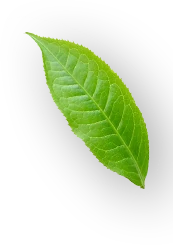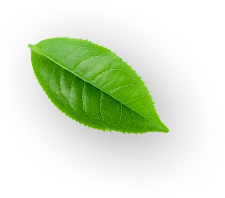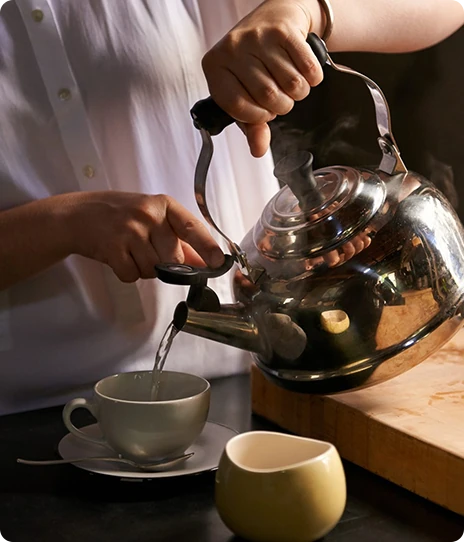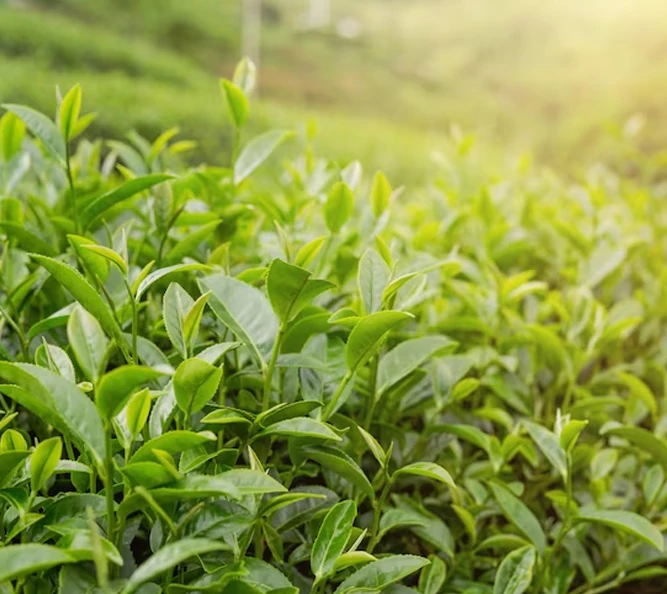



Once the leaves are plucked and collected, they are withered. Withering is also a natural process. Whenever a plant or even a flower is plucked, it begins to wither or lose moisture. For tea leaves depending on the type of tea being manufactured, the tea leaves are either left to wither under the sun or in a properly ventilated room. Withering prepares the leaves for the next step when they are required to be rolled. Withering ensures when leaves are rolled, they won’t break.
Oxidization is the most important step of tea making. It determines the type of tea that will be made. Some teas, such as green tea, require low oxidation, while other teas, such as Oolong tea, may need more oxidation.



Green tea is a type of beverage that is known for its health benefits qualities. It is an antioxidant drink that helps keep your immunity in check and promotes good health. But there is more to it than just a kiss of health. Green tea is green in color, how obvious, and is rich in flavors. It allows you to add your favorite flavors like cloves and cinnamon, but that will make green tea an herbal tea. The original green tea that we may come across at the grocery shops is made from the green leaves of Camellia sinensis. Yes, the leaves are green as they don’t go through the same oxidization and withering process as the black tea goes through.
All teas were originated in China. But green tea, in particular, is a product of China, just like black tea is a product of India. In China, if you go, tea means only green tea. If you remember the story of Chinese emperor Shen Nung, the tea his servant made from the accidentally falling of Camellia sinensis is what was created as green tea. The great herbalist Shen Nung declared green tea as an antidote as it helped him recover from consuming position herbs. Since then, green tea has become popular for its medicinal value.
The manufacturers of green tea are the quick workers in the industry, as the green tea needs to be processed within 24 hours of harvesting. The green tea processing is different from the black tea as green tea is neither oxidized nor withered. They are exposed to dry heat and sometimes wet heat, depending on the leaves. Dry heating of the tea leaves gives us a nutty flavor and greenish color. At the same time, the wet heat gives us a vegetal tea that tastes salty.

After the heating, the green leaves are rolled to brake and polished with essential oil to add vegetal flavor. The green leaves are then dried to prevent any chemical changes. So, this is how your green tea is processed and made ready for packaging.
As stated earlier, green tea doesn’t go through hard oxidation and withering, and hence, the green color of the leaves is retained. Grinding these green leaves gives us Matcha, a powdered tea that has a rich green color.
Oolong tea grows in cool temperatures on hilly mountains and rocky terrain. There are some stories behind Oolong tea that may at first seem unrealistic. According to one story, oolong tea is made from large black leaves heavily oxidized, shaped, and twisted to resemble a mystical Chinese dragon.
According to another story, Oolong teas were accidentally discovered by a farmer, Wu Liang, who one day was tired after a long day of tea picking when he discovered that tea leaves were already oxidizing. Oolong tea, in short, originated in China. Later, Taiwan also started to produce it. Today, China and Taiwan dominate the Oolong tea market, with Taiwan leading as the best Oolong tea manufacturer.
The tea processing is usually the same for all teas. Fresh leaves of Oolong tea are picked and withered – an important step in starting the oxidization process. The fresh oolong leaves are tossed and shaken and left to dry under the sun for several hours. The withering process helps the leaf leave moisture and dry completely. Withering is also an important step for shaping the leaves and ensuring that they don’t break in the next steps when they are rolled. After being exposed to sunlight, the leaves are left to cool down. This step prepares the leaves for the next step- light rolling. In the light rolling, the leaves get the unique shape that they are famous for. The leaves in the rolling are brushed to break the cell walls of the leaves. After rolling, the leaves are chemically oxidized, as oolong tea is the most oxidized form of tea
Oolong tea contains a very limited quantity of caffeine. The caffeine content in the oolong tea actually depends on its origin.
Oolong tea contain fluoride that help improve teeth and oral health. Oolong tea can provide natural fluoride for a healthy mouth.